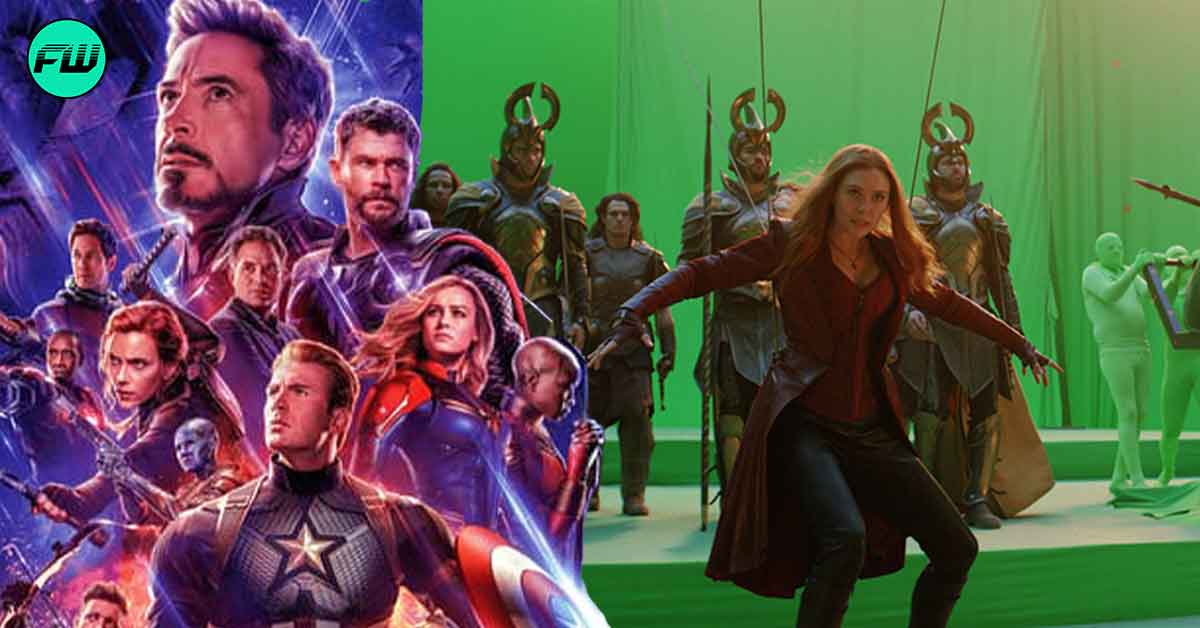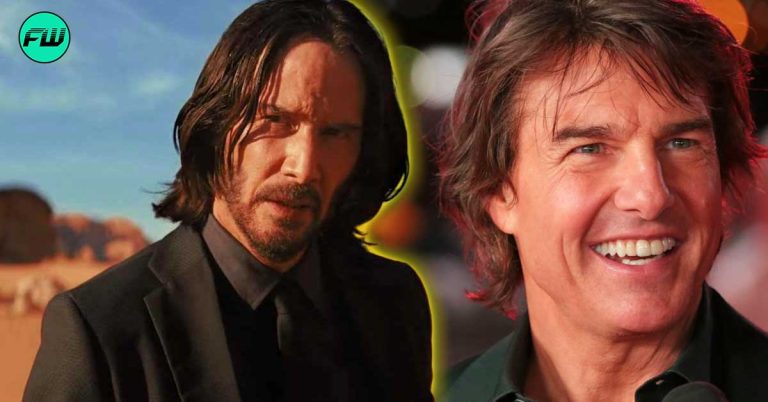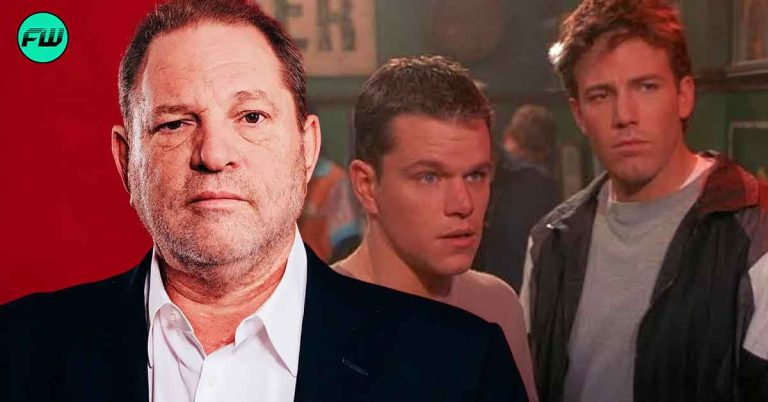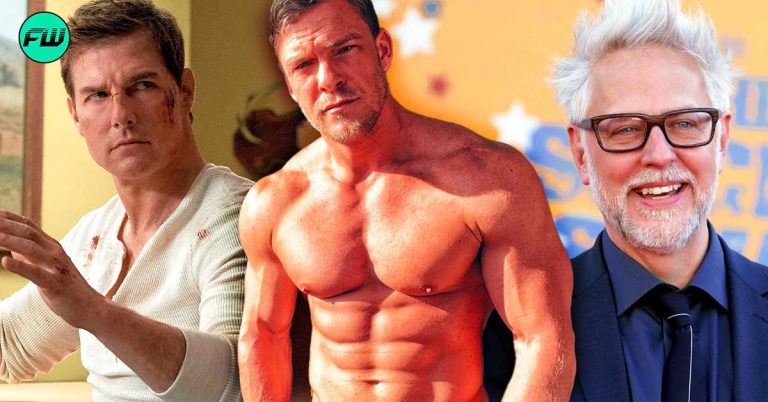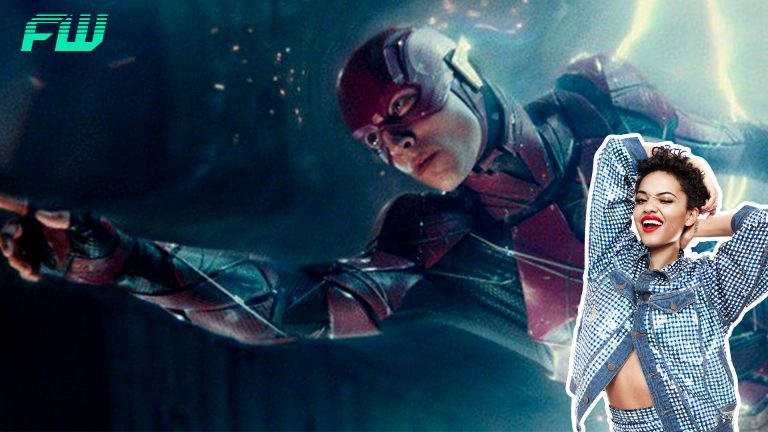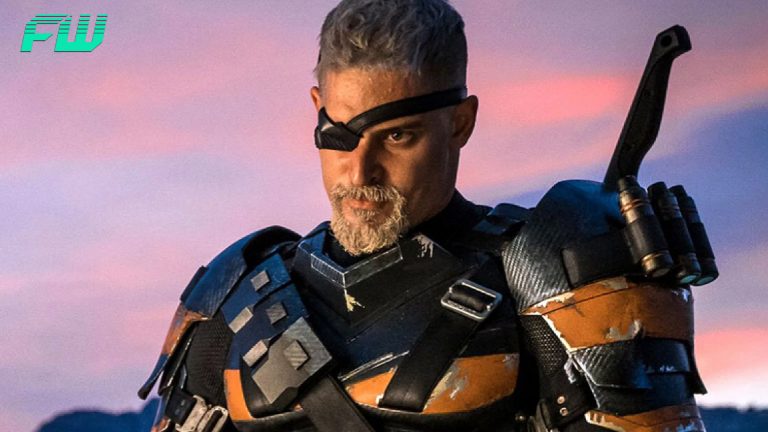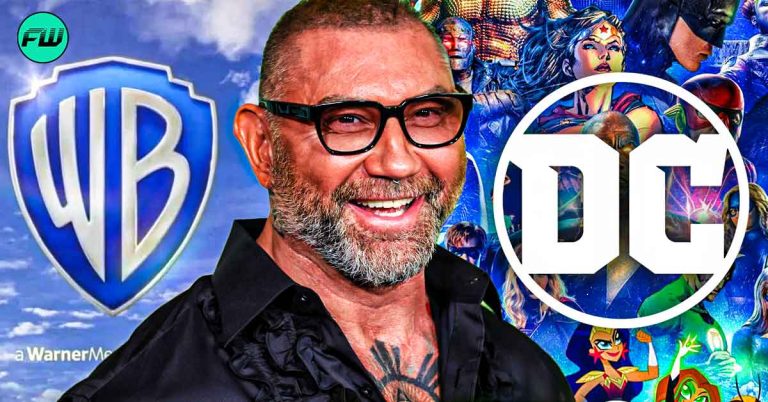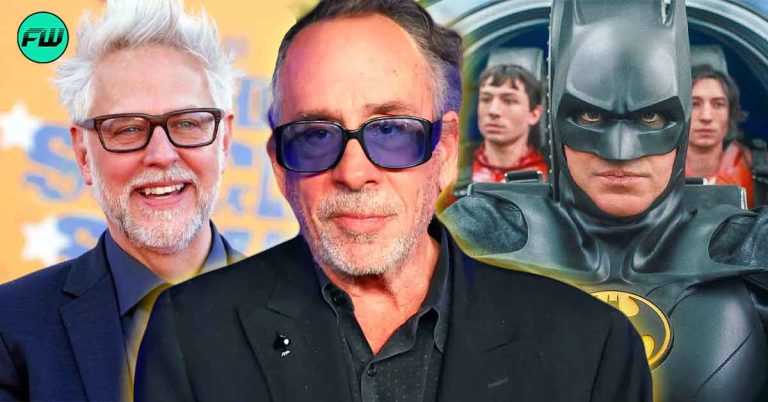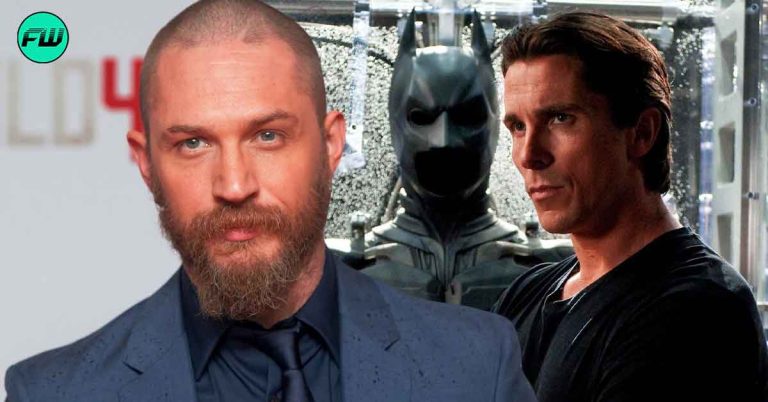Hollywood finds itself in the midst of a transformative period, with professionals across various sectors of the industry yearning for change. At present, both the SAG-AFTRA actors and WGA writers are actively engaged in strikes, their resolutions uncertain. Simultaneously, visual effects professionals are pushing for better work environments, particularly evident among those employed at Marvel Studios.
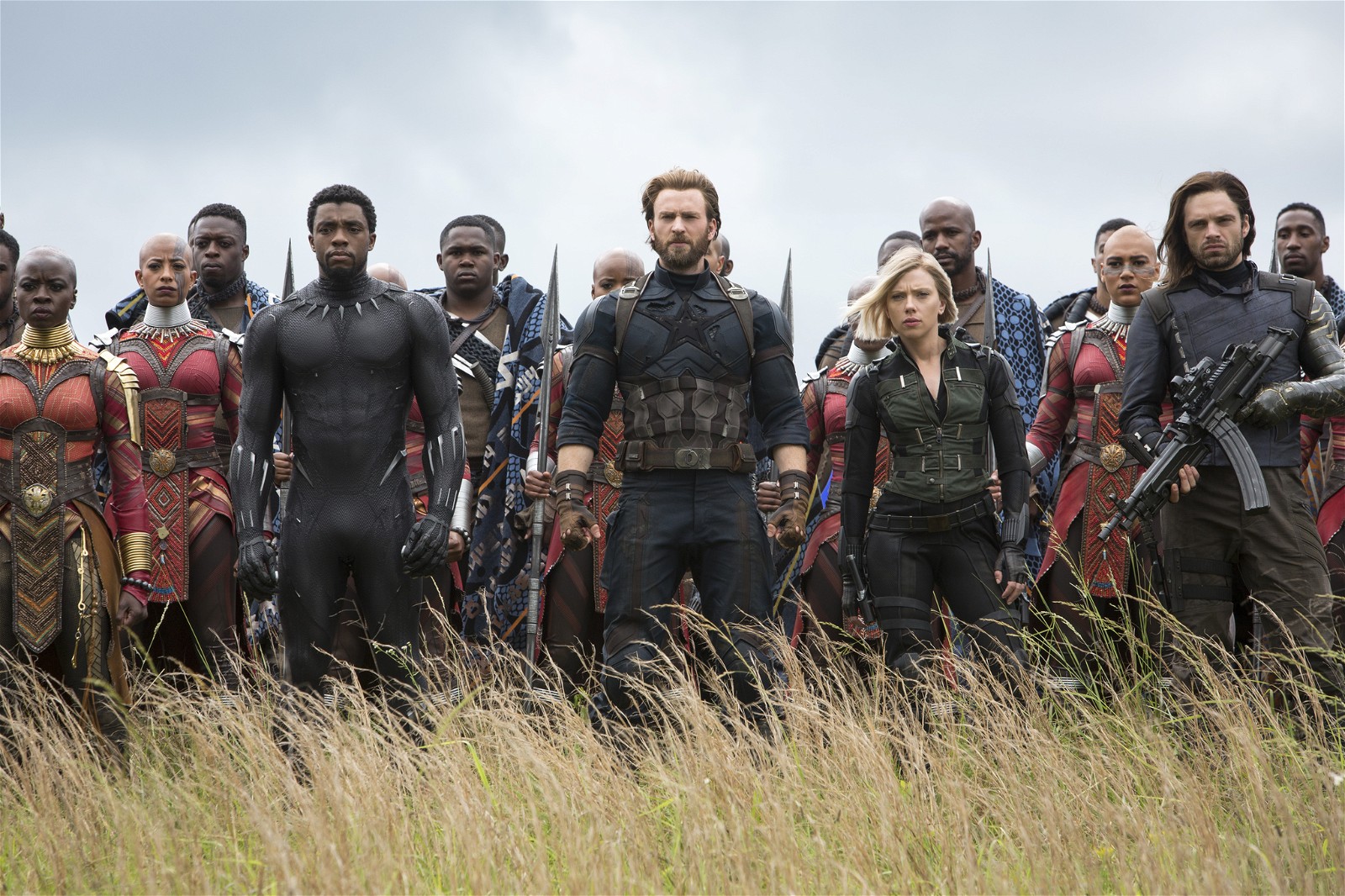
These employees are currently endeavoring to establish a union, and amidst this campaign, some have come forward with alleged insights into their experiences working for the entertainment giant. With candor, they’ve shared their perspectives, with one individual even likening the workflow to a transformation into “the McDonald’s of content.“
VFX Experts Want Enhanced Wages From Marvel
At present, a group exceeding 50 of Marvel’s visual effects specialists has initiated actions to secure representation from the International Alliance of Theatrical Stage Employees (IATSE). This labor union extends guidance to a comprehensive network of over 150,000 technical professionals and skilled artisans within the industry. The ultimate aspiration of these employees encompasses enhanced wages, more rationalized work hours, and a host of additional benefits.
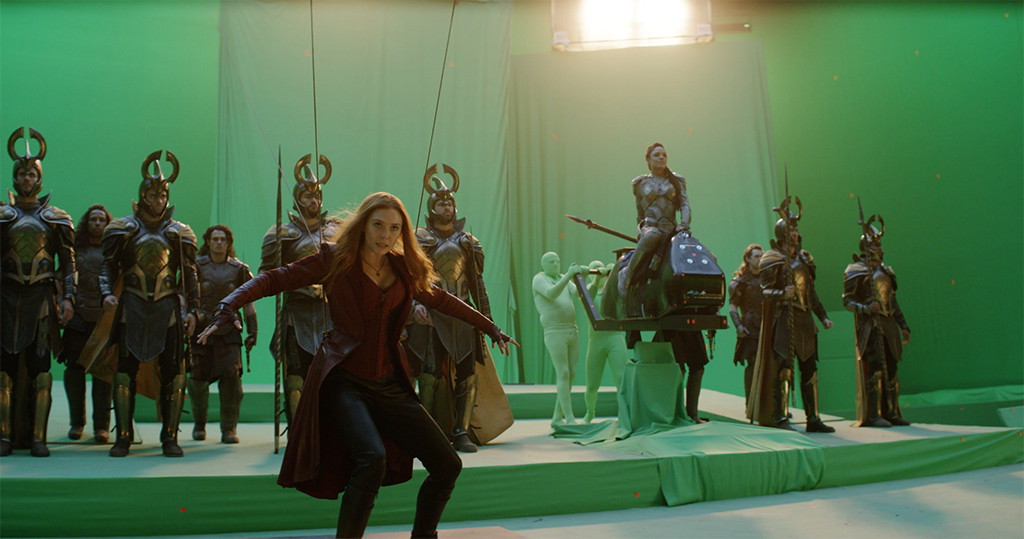
According to Mark Patch, the visual effects organizer at IATSE, the ongoing strikes in Hollywood have significantly fueled his colleagues’ determination to demand ameliorated working conditions. Patch, who shared his firsthand experience of 18-hour days while serving as a coordinator on WandaVision, also delved into the augmented production output of the Disney-owned studio and its purported effects on the visual effects workforce.
“When you’re turning a 90-minute movie into a 10-hour feature basically, you’re doing 10 times the amount of work within the same, or even sometimes a shorter period of time. Particularly from Marvel, we certainly have seen since COVID and streaming the amount of demands on our time and mental and physical health just explode.”
Certainly, numerous individuals who possess Disney+ subscriptions are well aware that the platform has been churning out a wealth of content intricately linked to the Marvel Cinematic Universe since the year 2021.
The Issues Aren’t Restricted To Just Marvel
According to IGN’s calculations, Phase 4 encompasses an accumulated duration of 60 hours, surpassing the combined runtime of the initial three phases. The publication engaged in a conversation with another staffer, Gabrielle Levesque, who has been involved in MCU projects both preceding and following the introduction of the streaming service.
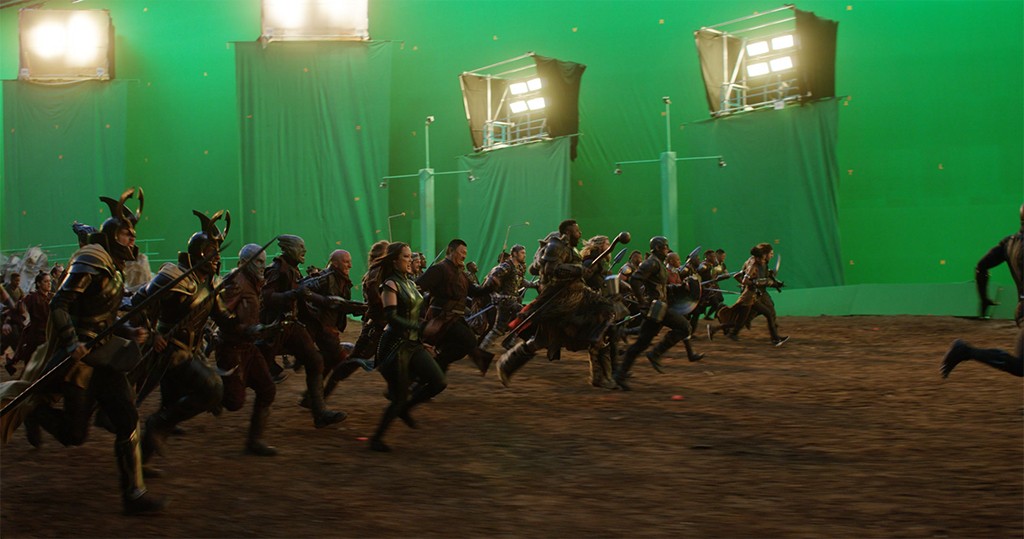
Her perspective implies that insufficient time and attention are invested in each distinct production, with an apparent emphasis on expedited completion. While we can’t definitively validate these assertions, it is undeniable that a portion of fans have voiced critiques regarding the visual effects present in certain recent additions to the MCU lineup.
Reportedly, the purportedly subpar work conditions experienced by visual effects professionals extend beyond those solely engaged with MCU projects. DC’s The Flash faced its own share of criticism for its CGI, a concern that the director promptly addressed shortly after its release earlier this summer. A visual effects artisan attributed the perceived “inferior” effects to potential shortcomings in the collaboration dynamics between effects firms and entertainment studios.
Source: Cinemablend

